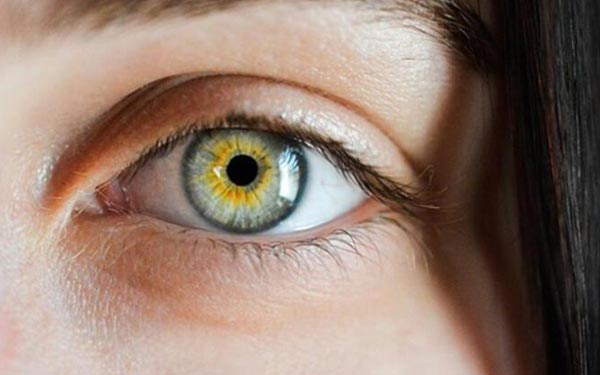Macular degeneration, also known as age-related macular degeneration (AMD), is a leading cause of vision loss among older adults. This progressive eye disease affects the macula, the part of the retina responsible for sharp central vision. Understanding the types, symptoms, risk factors, and treatment options for Macular Degeneration is essential for managing this condition effectively.
1. Types of Macular Degeneration
a. Dry Macular Degeneration
- Description: The more common form, dry AMD occurs when the macula thins over time, leading to gradual vision loss.
- Symptoms: Early signs may include blurred vision and difficulty seeing in low light.
b. Wet Macular Degeneration
- Description: Wet AMD is less common but more severe. It involves the growth of abnormal blood vessels under the retina, which can leak fluid and cause rapid vision loss.
- Symptoms: Sudden changes in vision, such as straight lines appearing wavy or distorted, are key indicators.
2. Symptoms of Macular Degeneration
- Blurred or distorted central vision
- Difficulty recognizing faces
- Trouble seeing in low light or adapting to changes in light
- Dark or empty areas in the center of vision
3. Risk Factors
- Age: The risk increases significantly with age, especially after 50.
- Family History: A family history of AMD can increase susceptibility.
- Smoking: Smoking is a major risk factor, contributing to the development and progression of the disease.
- Obesity: Excess weight may increase the risk of developing AMD.
4. Diagnosis
Diagnosis typically involves a comprehensive eye exam, including:
- Visual Acuity Test: Measures how well you can see at various distances.
- Dilated Eye Exam: Allows the doctor to examine the retina for signs of AMD.
- Amsler Grid Test: Helps detect vision problems caused by AMD.
5. Treatment Options
a. Dry Macular Degeneration
- Lifestyle Changes: A healthy diet rich in fruits and vegetables, exercise, and quitting smoking can slow progression.
- Nutritional Supplements: Certain vitamins and minerals may help reduce the risk of progression.
b. Wet Macular Degeneration
- Anti-VEGF Injections: Medications injected into the eye can help stop the growth of abnormal blood vessels.
- Photodynamic Therapy: This treatment uses a light-activated drug to target and destroy abnormal blood vessels.
6. Living with Macular Degeneration
- Vision Aids: Magnifying glasses, special lenses, and other devices can help maximize remaining vision.
- Support Groups: Connecting with others who have AMD can provide emotional support and practical tips for coping with vision loss.
7. Conclusion
Macular degeneration can significantly impact daily life, but early detection and treatment can help manage the condition effectively. Understanding the types, symptoms, and risk factors associated with AMD is crucial for proactive eye care. Regular eye examinations and lifestyle changes can play a vital role in preserving vision and maintaining quality of life.


0 comments: